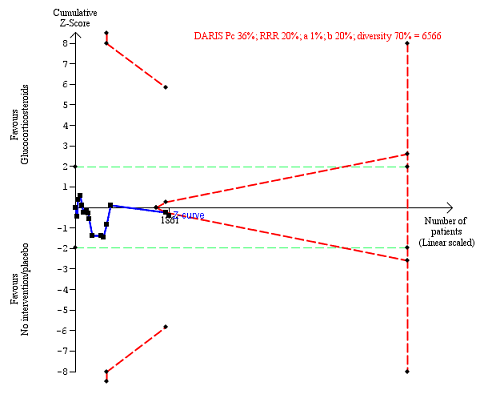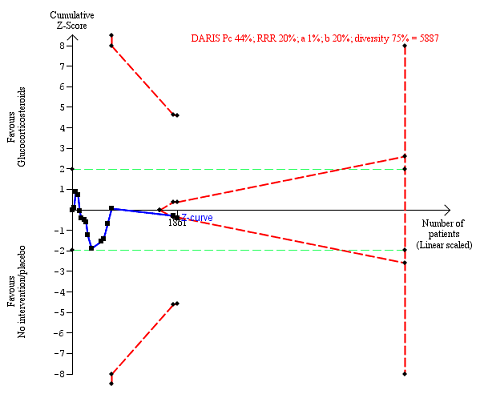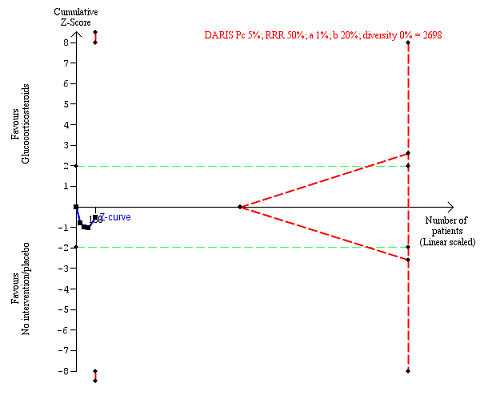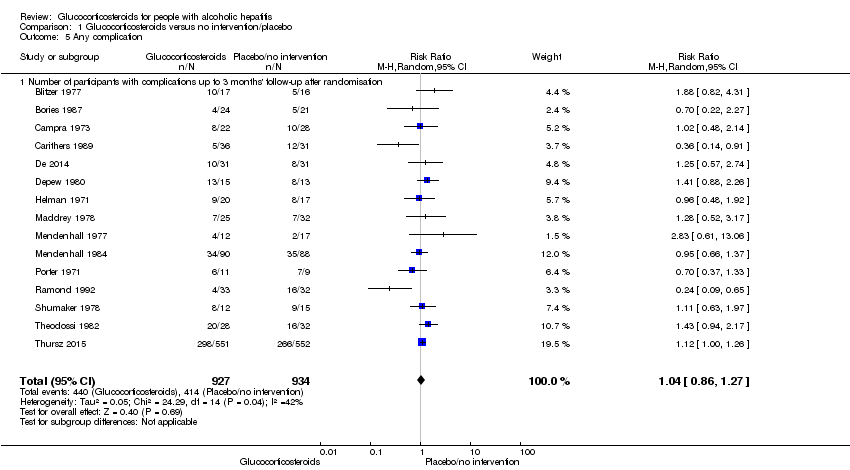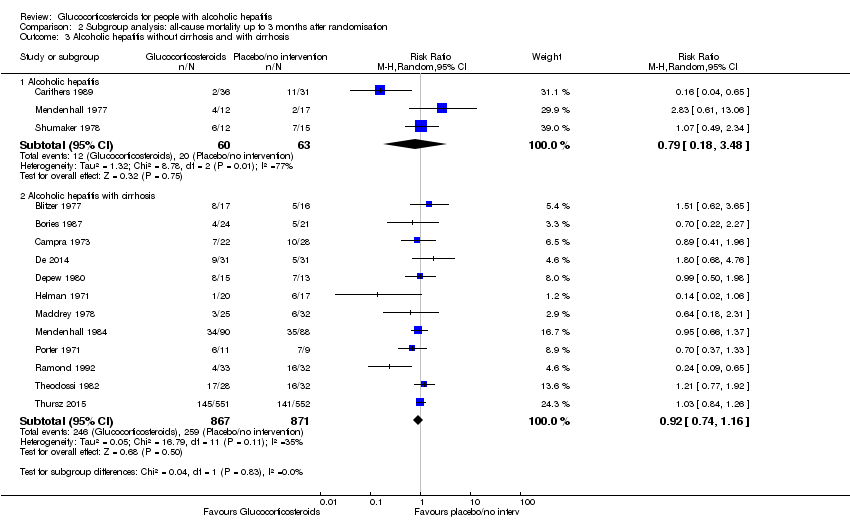Contenido relacionado
Revisiones y protocolos relacionados
Chavdar S Pavlov, Daria L Varganova, Giovanni Casazza, Emmanuel Tsochatzis, Dimitrinka Nikolova, Christian Gluud | 9 abril 2019
Jesper Brok, Martin Thyge Mellerup, Kim Krogsgaard, Christian Gluud | 19 abril 2004
Athanasios Tyraskis, Christopher Parsons, Mark Davenport | 14 mayo 2018
Kate Whitfield, Andrea Rambaldi, Jørn Wetterslev, Christian Gluud | 7 octubre 2009
Ee Teng Goh, Caroline S Stokes, Sandeep S Sidhu, Hendrik Vilstrup, Lise Lotte Gluud, Marsha Y Morgan | 15 mayo 2018
Martin Prince, Erik Christensen, Christian Gluud | 20 abril 2005
Rosa Lombardi, Simona Onali, Douglas Thorburn, Brian R Davidson, Kurinchi Selvan Gurusamy, Emmanuel Tsochatzis | 30 marzo 2017
Andrea Rambaldi, Christian Gluud | 11 noviembre 2015
Lise Lotte Gluud, Gitte Dam, Iñigo Les, Giulio Marchesini, Mette Borre, Niels Kristian Aagaard, Hendrik Vilstrup | 18 mayo 2017
Martin Thyge Mellerup, Kim Krogsgaard, Philippe Mathurin, Christian Gluud, Thierry Poynard | 20 julio 2005
Respuestas clínicas Cochrane
Ulrich Ronellenfitsch | 7 mayo 2018








